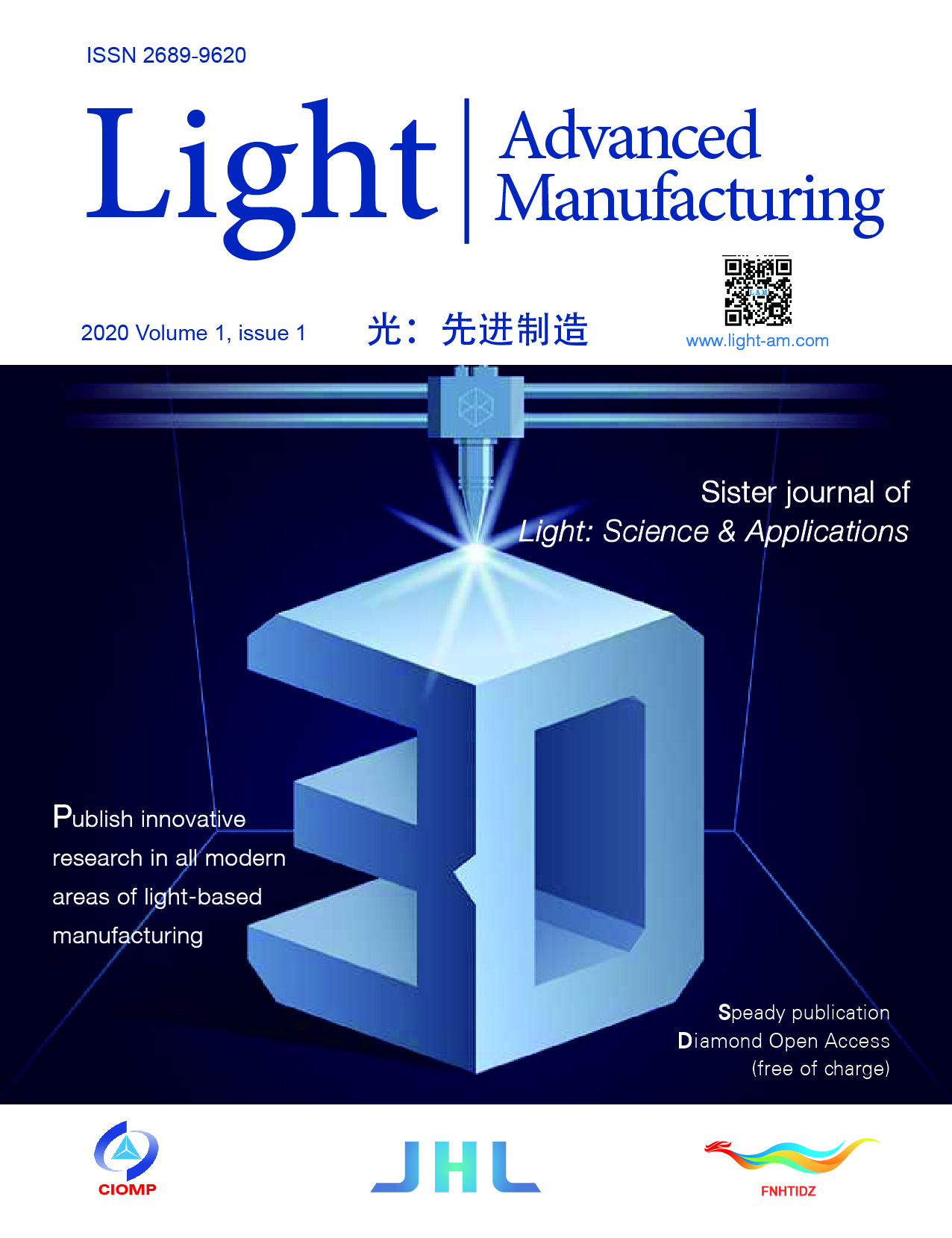-
Recently, the whole world was talking about the origins and consequences of climate change and how we can protect our planet from global warming and its related negative consequences. However, another reality seems to have pushed this important discussion into the background: the COVID-19 pandemic. This epidemic has now created one of the worst crises mankind has faced in modern history. In addition to extreme social consequences such as overcrowded intensive care units in hospitals, an increasing number of deaths related to the virus, travel bans for entire countries, and closed schools and universities, the negative effects on the global economy can only be guessed at the moment. Thus, the voices of industrial managers and politicians across the globe who are demanding the reduction of international climate agreement goals in the interest of faster economic recovery after the pandemic are getting louder. The hard-fought negotiation resulting in the Green Deal is obviously being challenged now. With all understanding of the negative effects that reduced growth can have on the living conditions of many people and on the health of economies, the signal resulting from these demands would be very one-sided, if not potentially harmful, so that a setback against the climate recovery is likely. The fight against COVID-19 will hopefully be won in the next year. However, the fight against the climate crisis is a long-term challenge and a battle that we are increasingly less likely to win the later we take it on. Unlike in the fight against COVID-19, however, we already know the “vaccine” for the climate crisis: a complete turnaround from an energy-wasting society to an energy-saving one with a sustainable and green economy.
The reader may now be wondering what this has to do with our new LAM journal. We think that it is quite relevant. The transition from a society with unchecked quantitative growth to a society with balanced qualitative growth in which fossil fuels are replaced by renewable fuels calls for a radical renewal of traditional production technologies. Our list of key topics is a commitment to advanced manufacturing technologies with a strong focus on measures to ensure sustained qualitative growth in industrial production. Here, it is only natural that modern light-based technologies play a prominent role. The invention of the laser celebrates its 60th birthday this year. Many new production, imaging, medical, and communication technologies have been stimulated by this outstanding light source. Meanwhile, all these technologies have a strong green touch. Supporting the transformation of conventional production technologies into digital manufacturing technologies as a crucial part of the green economy is another key topic of our journal. In addition, material- and energy-saving technologies such as additive manufacturing, lightweight technologies, and the design, making and application of innovative materials in general are important modules in the framework of LAM. The strong cooperation between scientific excellence and industrial expertise is reflected in the composition of our editorial board. Recognized experts from a wide range of industrial branches from mechanical engineering via photonics and computer chip making to immersed digital technologies such as AR, VR, and MR are represented here. Newly emerging technologies, such as quantum technologies, which are considered to have immense potential, are also represented by recognized scientists. These scientists are ready to shape the ambitious focus of our journal and to make sure that open innovation is not only a catchphrase but also the focus of the programme at LAM.
We are convinced that our journal will help to bridge the gaps that often exist in moving technologies to market. We invite everyone from readers to publishers to join us in this project, and we assure them of our comprehensive support and dedication.

Co-Editor-in-Chief, Light: Advanced Manufacturing

Co-Editor-in-Chief, Light: Advanced Manufacturing

Head of Light Publishing Group
2nd Preface from the Chief Editors and Publisher
- Light: Advanced Manufacturing 1, Article number: (2020)
-
Published online:
20 May 2020
doi: https://doi.org/10.37188/lam.2020.002
Rights and permissions
Open Access This article is licensed under a Creative Commons Attribution 4.0 International License, which permits use, sharing, adaptation, distribution and reproduction in any medium or format, as long as you give appropriate credit to the original author(s) and the source, provide a link to the Creative Commons license, and indicate if changes were made. The images or other third party material in this article are included in the article′s Creative Commons license, unless indicated otherwise in a credit line to the material. If material is not included in the article′s Creative Commons license and your intended use is not permitted by statutory regulation or exceeds the permitted use, you will need to obtain permission directly from the copyright holder. To view a copy of this license, visit http://creativecommons.org/licenses/by/4.0/.






 DownLoad:
DownLoad: